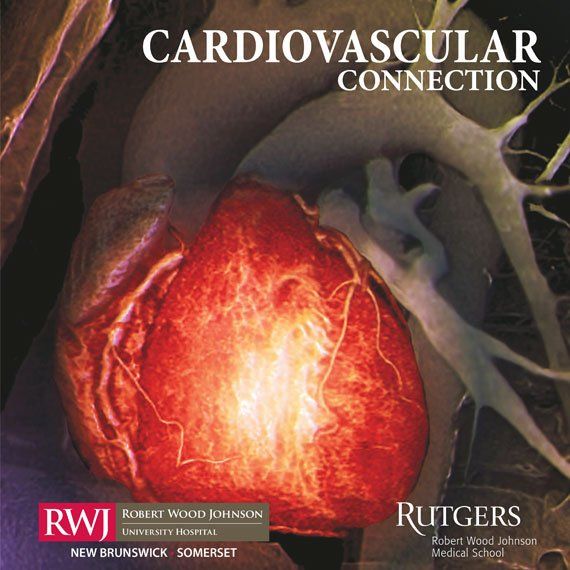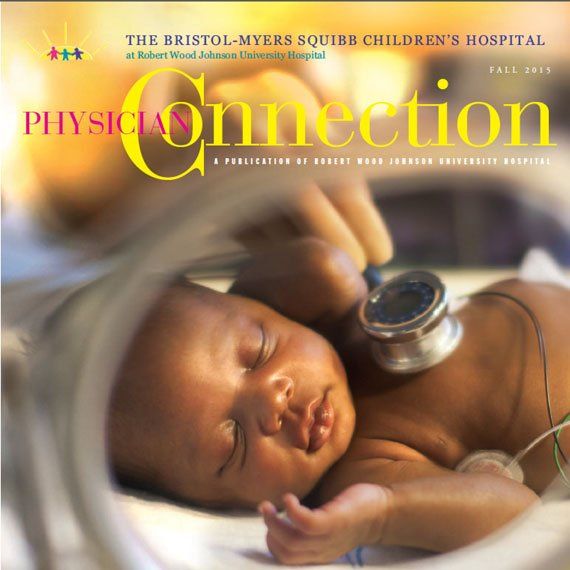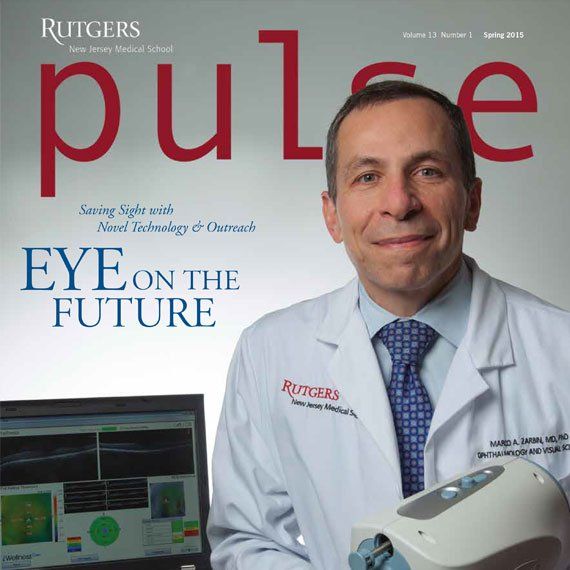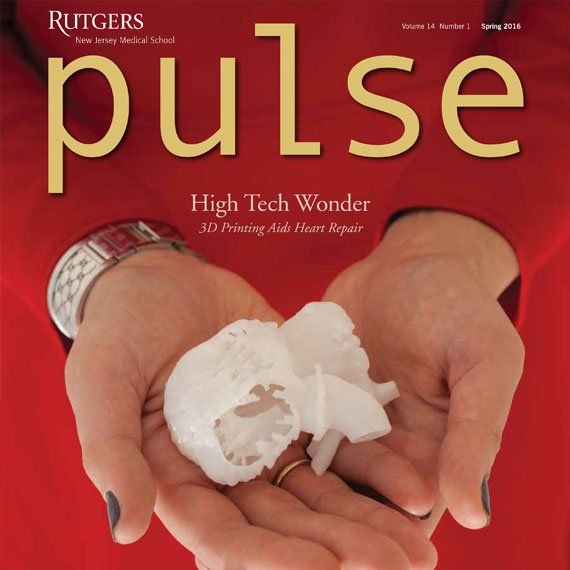The Happy Dance

Here I am as we arrive in El Fumo in Italy!
I don’t remember when I started doing the “happy dance,” arms up and outstretched wide, joyful expression on face, and hurly-gurly, silly dancing. Yes, I probably look like an idiot but who cares? Honestly, I’m not crazy and I often use my “happy dance” these days with grandbabies at low points in their days. On those occasions, it makes all of us smile and laugh. In the past, however, and in more personal expressions of joy, I recall bursting into my little number on the top of an Alaskan glacier on a gorgeous day or walking the extraordinarily stunning Italian coastal towns along the Cinque Terre. I couldn’t stop myself.
Little did I know that this “happy dance” incorporates body language that can actually stimulate happiness and a sense of power. If you haven’t watched Amy Cuddy, the social psychologist, deliver her TED talk yet on power posing, please Google it and go there immediately. Her research, “Power Posing; brief nonverbal displays affect neuroendocrine levels and risk tolerance,” conducted with Dana Carney and AJ Yap, was published in Psychology Science in October 2010 and states that “Humans and other animals express power through open, expansive postures.” Even brief high power poses (two minutes! -- aha, my very own happy dance!) can bring on elevations in testosterone (feelings of power) and decreases in cortisol, the stress hormone. As Amy, a Harvard professor, says, we are all influenced by our very own nonverbal behavior. So even if you don’t feel like it, fake it til you make it. Your mind can change your body but your body can also change your mind.
Below here...some hotel made me happy! I can't even remember where this was. Hah!




















